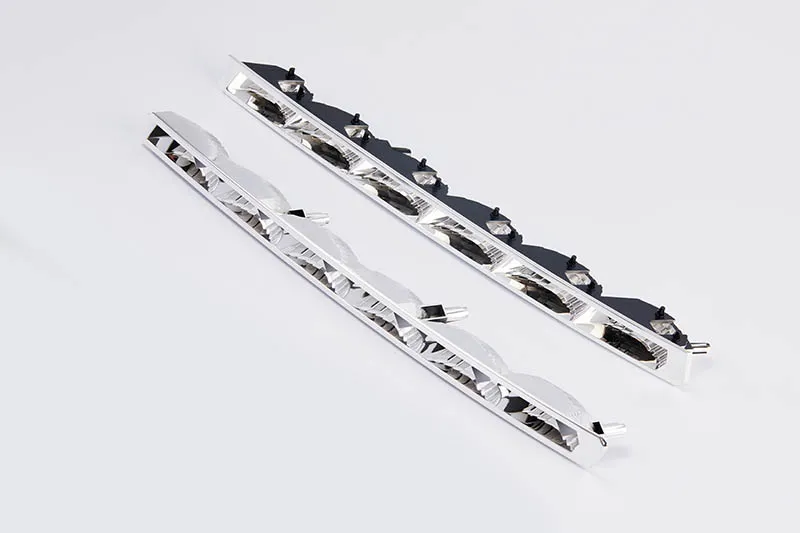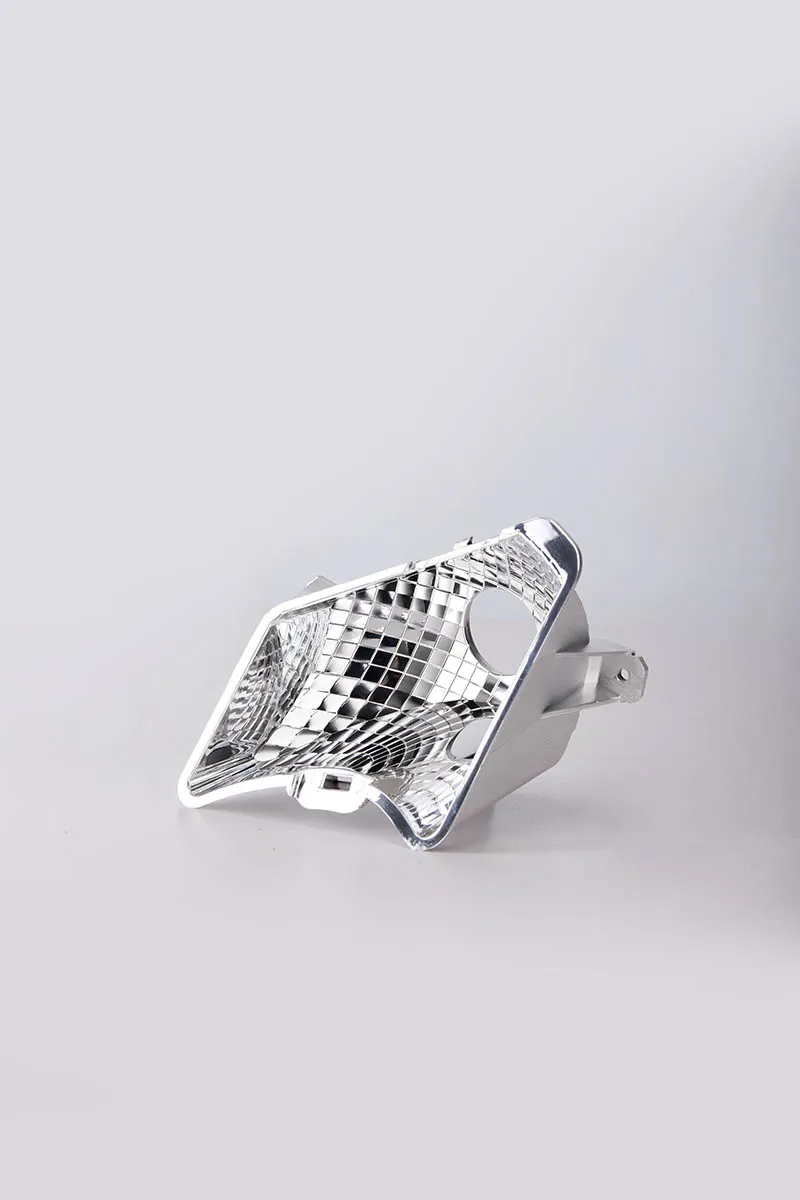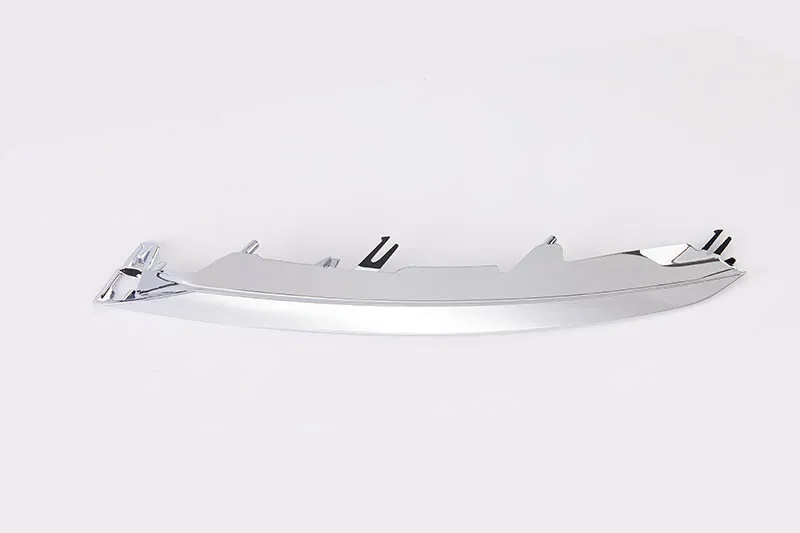Introduction
Automotive modification is a popular practice among car enthusiasts who wish to enhance the performance, appearance, and overall driving experience of their vehicles. From simple aesthetic upgrades to more complex performance enhancements, modifying automotive parts can significantly improve a vehicle’s functionality and visual appeal. However, modifying parts requires a good understanding of the vehicle’s systems, the impact of changes on performance, and the legal and safety considerations involved. This article explores the various aspects of automotive part modification, including the benefits, popular modifications, and key considerations when upgrading your vehicle.
The Purpose of Automotive Modifications
The primary reasons for modifying automotive parts vary from one car owner to another. Some of the most common reasons include:
- Performance Enhancement: Many car enthusiasts modify their vehicles to improve speed, acceleration, handling, and fuel efficiency. Performance modifications can include upgrading the engine, suspension system, exhaust system, and more.
- Aesthetic Improvement: Cosmetic modifications can help personalize a vehicle and make it stand out from the crowd. These modifications can range from custom paint jobs and body kits to aftermarket wheels and lights.
- Comfort and Convenience: Modifications to improve comfort include upgrading the interior with better seats, audio systems, and climate control features. Additionally, convenience features like parking sensors or advanced driver-assist systems are becoming increasingly popular.
- Safety Upgrades: Some modifications focus on improving the vehicle’s safety features, such as upgrading the braking system, suspension components, or adding safety devices like roll bars or safety harnesses.
- Environmental Impact: Modifying a vehicle to improve fuel efficiency or reduce emissions can help vehicle owners reduce their carbon footprint and operate in a more eco-friendly manner.
Popular Automotive Modifications
While the possibilities for modifying automotive parts are nearly limitless, several modifications are particularly popular due to their ability to significantly enhance a vehicle’s performance, safety, and appearance.
1. Engine and Performance Modifications
Upgrading engine components is one of the most common ways to enhance vehicle performance. Performance modifications can significantly increase horsepower, improve fuel efficiency, and enhance the overall driving experience.
- Cold Air Intake: A cold air intake is designed to replace the vehicle’s stock air intake system. By drawing cooler, denser air into the engine, it helps to increase engine power and efficiency. A cold air intake system can improve throttle response and provide a noticeable boost in horsepower.
- Turbochargers and Superchargers: Installing a turbocharger or supercharger is a popular way to increase engine power. These devices force more air into the engine’s combustion chamber, allowing for more fuel to be burned and more power to be produced. Turbochargers and superchargers can significantly boost horsepower, making them ideal for those seeking high-performance upgrades.
- Performance Exhaust System: A performance exhaust system helps to increase engine efficiency by reducing exhaust backpressure and improving the flow of gases out of the engine. This modification can lead to increased horsepower, better fuel economy, and a more aggressive engine sound.
- Upgraded Fuel System: An upgraded fuel system, including larger fuel injectors and an upgraded fuel pump, can improve fuel delivery to the engine, particularly for vehicles with significant engine modifications. This is especially important when increasing the engine’s output to ensure the fuel system can keep up with the increased demand.
- ECU Tuning: Tuning the engine control unit (ECU) allows for the adjustment of various engine parameters, such as air-fuel ratios, ignition timing, and boost pressure. ECU tuning can optimize engine performance and enhance throttle response.
2. Suspension and Handling Modifications
Upgrading the suspension system is essential for improving vehicle handling, especially for those who enjoy spirited driving or plan to take their vehicle to the track.
- Coilovers: Coilover kits allow for the adjustment of both ride height and damping, offering the ability to fine-tune the suspension for improved handling and comfort. Coilovers are ideal for those seeking a lower stance or those who want to adjust their suspension for different driving conditions.
- Upgraded Sway Bars: Sway bars help to reduce body roll during cornering by stabilizing the suspension. Upgrading to thicker, stiffer sway bars can improve handling and reduce understeer or oversteer, leading to better control on the road.
- Strut Braces: Strut braces, also known as strut tower braces, are designed to improve chassis rigidity by connecting the two strut towers. This helps to reduce flex during high-performance driving, improving handling and steering response.
- Performance Shocks and Struts: Upgrading to performance shocks and struts can enhance the vehicle’s handling and ride comfort. These components improve stability, control, and road grip, particularly when driving at high speeds or on uneven surfaces.
3. Brake System Upgrades
The braking system is a critical safety feature of any vehicle, and upgrading it can greatly improve performance, particularly for high-performance vehicles or those driven in demanding conditions.
- Bigger Brake Rotors: Upgrading to larger brake rotors increases the braking surface area, allowing for more efficient heat dissipation and improved braking performance. Larger rotors can provide better stopping power, particularly under heavy braking.
- Performance Brake Pads: Performance brake pads offer better grip and resistance to heat, ensuring more effective braking performance. Upgrading to high-performance pads is essential for vehicles with upgraded engines or those used for racing.
- Braided Stainless Steel Brake Lines: Braided stainless steel brake lines are less prone to expansion than standard rubber lines, improving brake response and performance, especially under high-pressure conditions.
4. Exterior Modifications
Exterior modifications can dramatically change the appearance of a vehicle, making it more unique and personalized. These modifications can range from subtle styling changes to full-on body kits.
- Body Kits: A body kit typically includes modified front and rear bumpers, side skirts, and fenders to give the car a more aggressive look. Body kits can also improve aerodynamics, reducing drag and increasing downforce for better performance at high speeds.
- Custom Paint and Wraps: Custom paint jobs or vinyl wraps can completely transform a vehicle’s appearance. Wrapping a vehicle with vinyl allows for a wide range of designs, colors, and finishes without the permanence of a paint job. It’s also a great way to protect the vehicle’s original paintwork.
- Aftermarket Wheels: Aftermarket wheels can drastically change the look of a vehicle, offering a wide variety of styles, sizes, and finishes. Upgrading to lighter, stronger wheels can also improve performance by reducing weight and increasing handling.
- Lighting Upgrades: Custom lighting modifications, such as LED headlights, taillights, and underglow kits, can make a vehicle stand out. These lighting systems can improve visibility at night and give the vehicle a more modern and stylish appearance.
5. Interior Modifications
Interior modifications focus on improving comfort, convenience, and aesthetics inside the vehicle. These upgrades can significantly enhance the driving experience, particularly for those who spend a lot of time in their car.
- Sports Seats: Upgrading to sports seats provides better support during spirited driving. Sports seats are designed to hold the driver and passengers in place, reducing movement and enhancing comfort during aggressive cornering.
- Custom Dashboards and Trim: Custom dashboards and trim pieces can personalize the interior, giving it a unique look. Carbon fiber, aluminum, or leather-trimmed accents are popular choices for upgrading the vehicle’s interior aesthetic.
- Upgraded Audio System: For music lovers, upgrading the vehicle’s audio system with higher-quality speakers, subwoofers, and amplifiers can provide a more immersive listening experience. A premium audio system enhances entertainment and overall comfort.
Key Considerations When Modifying Automotive Parts
While modifying automotive parts can be exciting and rewarding, it’s important to approach modifications with caution. Here are some key considerations before making changes to your vehicle:
- Legal Regulations: Some modifications may be subject to legal restrictions, particularly in regard to emissions, noise levels, or safety standards. Be sure to check local regulations and ensure that your modifications comply with the law.
- Impact on Warranty: Modifying parts may void the vehicle’s warranty, particularly if the modifications affect engine or transmission components. It’s essential to consult with the manufacturer or dealer before making significant modifications.
- Professional Installation: While some modifications can be done by enthusiasts with basic mechanical knowledge, others require professional installation to ensure proper functioning. Poor installation can lead to safety risks, damage to the vehicle, or reduced performance.
- Cost vs. Benefit: Modifications can range from inexpensive cosmetic changes to expensive performance upgrades. It’s important to weigh the cost of the modification against the benefits it provides, especially if the primary goal is to enhance the vehicle’s performance or resale value.
Conclusion
Automotive modification offers car owners the opportunity to personalize and enhance their vehicles in ways that suit their preferences and needs. Whether upgrading for improved performance, safety, aesthetics, or comfort, modifications can make a significant difference in the driving experience. However, it’s essential to approach modifications thoughtfully, taking into account legal regulations, the potential impact on warranty, and the costs involved. By carefully selecting and professionally installing automotive parts, vehicle owners can enjoy enhanced performance, safety, and style on the road.




